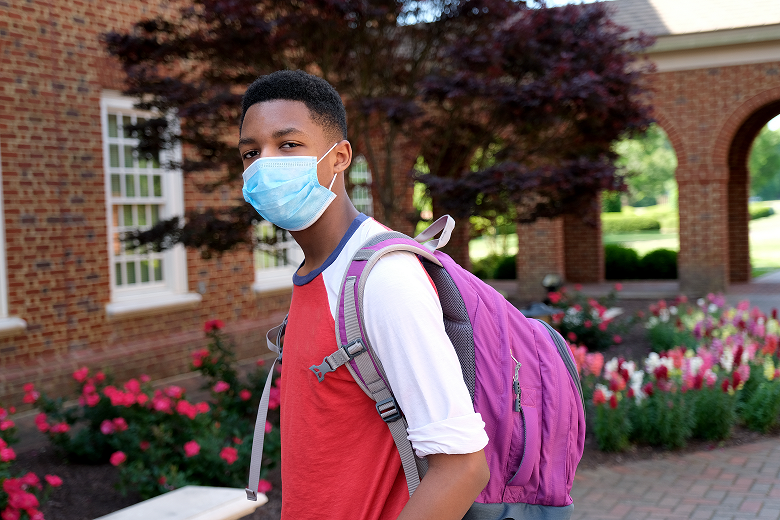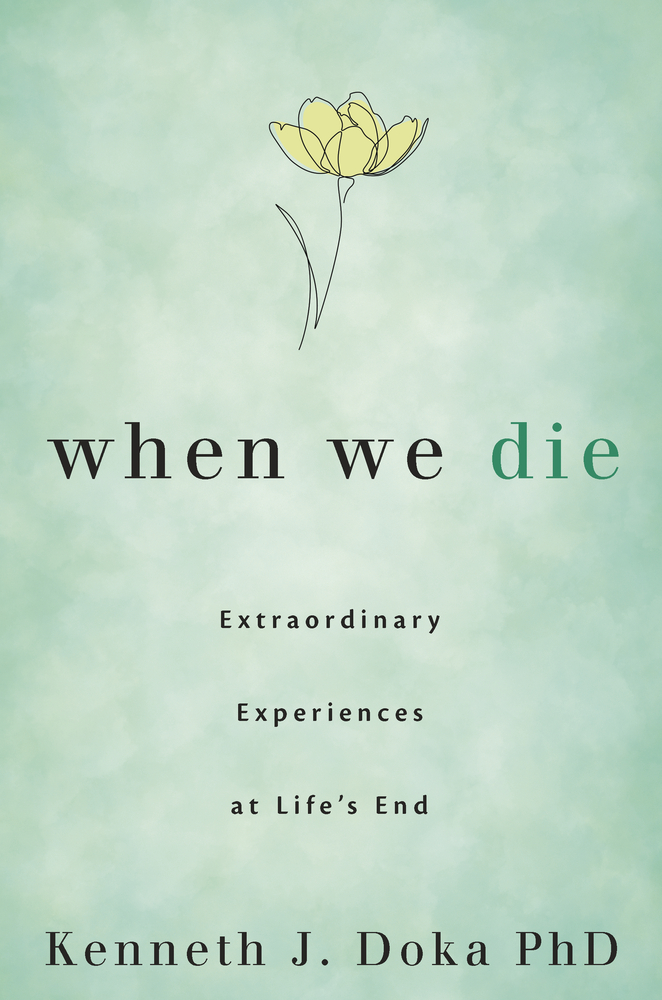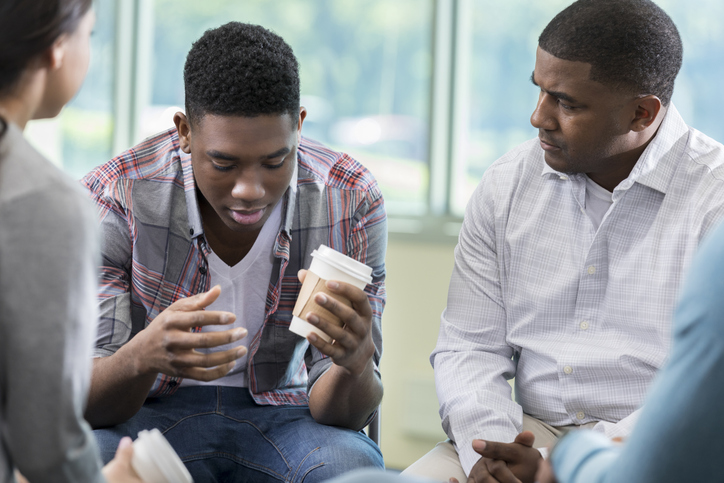Shields Up
In the popular TV and movie series, Star Trek, from the 1960s to today, one of the consistent features in the starships used to travel the vastness of space is that they have invisible shields. When a starship is under attack, the captain orders, “Shields up!” to protect both ship and crew. The shields are not perfect protection, however, and part of the drama in the stories is a when a crew member calls out percentages for how much shielding remains if an attack is prolonged or intensified. Shields at 70%, 50% and less. Sometimes shields fail altogether. It makes for good drama and hopefully a decent metaphor.
A true-life example from me: A phone call awakens me from sleep. My father has been transported to the big-city hospital and he may not survive the night. Up, dressed, and in my car, I drive through the night getting periodic updates by phone. Shields are definitely up as I need to stay alert and drive safely despite fatigue and fear. I arrive safely at the hospital somewhere around dawn.
Thank goodness for shields. When a crisis occurs and we need to focus and function, we really need them.
The problem with shields—you knew this was coming, didn’t you—is that while they are remarkably useful for coping in the short-term, they are lousy for coping in the long-term. We need them for a crisis, but we need to be able to lower them when the crisis is over. If we don’t or we can’t, we shield ourselves not just from pain but from desirable emotions, other people, and even other parts of ourselves. Chronic shielding exacts a high price. Too high a price.
In the pediatric cancer world where I once worked, a doctor would explain to families that chemotherapy was medicines to kill cancer but it wasn’t very smart. While it worked to kill cancer cells, it would sometime hurt or kill good cells, too, like those that grow hair. The challenge was using enough chemotherapy to kill the cancer cells while protecting the good cells as much as possible so the body would survive and return to health.
Our shields are like that, too. They’re not very smart. While they protect us from stressful feelings like pain and worry, they also can numb us to feelings of connection, love, and joy. We do need them in a crisis, but we also need to avoid having them stuck in the up position.
When a crisis is over, we need to let our shields down so all the feelings and thoughts we’ve kept at bay can eventually filter through our hearts and minds. This needed filtering happens by reflecting and processing. But it doesn’t always happen. Sometimes it’s one crisis after another with little opportunity to lower our shields in between. Other times it feels like the crisis never ends so the perceived need for “shields up” doesn’t end. And then we can have so many feelings and thoughts needing to be filtered that we fear that if we let down our shields we will be overwhelmed and washed away.
With all these challenges, we can be tempted to believe that the safest thing is to live our lives “shields up” at maximum strength 24/7. That is a sneaky trap, however, as permanent “shields up” can imprison us with anxiety and loneliness as cellmates. Hafiz, a Persian mystic and poet, put it this way, “Fear is the cheapest room in the house. I’d like to see you living in better conditions.” We need better living conditions than chronic “shields up” allows.
How do we live in a pain-filled world without keeping “shields up” at all times? We practice. We practice putting “shields down” when a crisis relents. We practice putting shields down for just a little while and then a little while longer. We practice putting shields down only part of the way and putting them up at less than 100% whenever we can. We pay attention not only to the threats and losses in our lives but also to comforts. Not just to fear but to compassion and delight. We remind ourselves over and over that while there is pain in the world, there is also generosity and love.
Anne Morrow Lindbergh knew about pain as her son was kidnapped and murdered. She had this to say about shields:
Courage is a first step, but simply to bear the blow bravely is not enough. Stoicism is courageous, but it is only a halfway house on the long road. It is a shield, permissible for a short time only. In the end, one has to discard shields and remain open and vulnerable. Otherwise, scar tissue will seal off the wound and no growth will follow. To grow, to be reborn, one must remain vulnerable-- open to love but also hideously open to the possibility of more suffering.
Thankfully, suffering is not the only path to growth. Peace activist Thich Nhat Hanh reminds us of other ways when he says, “Eighty-four thousand doors open to the truth of interbeing, and suffering is one of them. But there are also other doors, including joy and lovingkindness.”
If a call comes tonight with news of a crisis, shields will go up as we focus our minds and strengths to cope, and for that we can be glad. We can also be grateful that those who help in a crisis have shields to help them focus their skills and interventions. At the same time, we can see shields for what they are: only temporarily helpful and not what we want or need living between us and the fullness of life and those we love.

Greg Adams, LCSW, ACSW, FT
Program Coordinator
Center for Good Mourning
[email protected]






